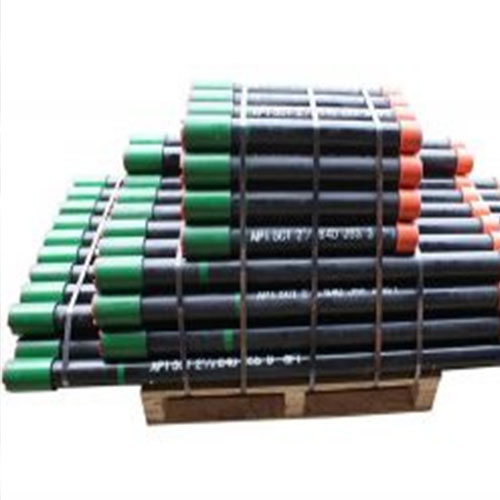Understanding the Importance of API casing dimensions in Oil and gas Operations
API Casing Dimensions: Understanding the Importance in Oil and Gas Operations
In the intricate world of oil and gas exploration and production, every detail counts. One crucial aspect that often goes unnoticed by those outside the industry is API casing dimensions. While seemingly mundane, these dimensions play a pivotal role in ensuring the integrity and efficiency of oil and gas operations. From providing structural support to facilitating the extraction process, API casing dimensions are fundamental to the success of drilling projects.
casing drilling
At its core, casing serves as a protective barrier, shielding the wellbore from various external factors such as pressure, corrosion, and fluid invasion. However, to fulfill this role effectively, casing must meet certain dimensional standards set by the american petroleum Institute (API). These standards dictate the size, thickness, and thread design of casing, ensuring compatibility and interoperability across different wells and equipment.

One of the primary functions of API casing dimensions is to provide structural integrity to the wellbore. During drilling and completion activities, the casing is subjected to immense pressure and mechanical stress. Therefore, it is imperative that casing walls are thick enough to withstand these forces without compromising the integrity of the well. API specifications outline the minimum wall thickness required for each casing size, taking into account factors such as depth, pressure, and geological conditions.
Moreover, API casing dimensions play a crucial role in facilitating the extraction process. In a typical oil or gas well, multiple casing strings are installed at different depths to isolate formations and control fluid flow. These casing strings must be precisely sized and positioned to allow for the efficient extraction of hydrocarbons while minimizing the risk of leakage or cross-contamination. By adhering to API standards, operators can ensure that casing dimensions are optimized for the specific requirements of each well, maximizing production yields and minimizing operational risks.
Furthermore, API casing dimensions are essential for ensuring compatibility with other downhole equipment, such as pumps, valves, and packers. By standardizing casing sizes and thread designs, API enables seamless integration of various components, streamlining the installation and maintenance processes. This interoperability not only reduces costs but also enhances operational flexibility, allowing operators to adapt quickly to changing well conditions and production demands.
Custom Made Essential oils CaseIn addition to their structural and operational significance, API casing dimensions also play a crucial role in regulatory compliance and safety. Government agencies such as the Occupational Safety and Health Administration (OSHA) and the Environmental Protection Agency (EPA) impose strict regulations on well construction and integrity to protect workers, the environment, and surrounding communities. By adhering to API standards, operators can demonstrate compliance with these regulations and mitigate the risk of accidents, spills, and other environmental incidents.
oil wellhead parts
In conclusion, API casing dimensions are a fundamental aspect of oil and gas operations, influencing everything from well integrity to production efficiency and regulatory compliance. By adhering to these standards, operators can ensure that casing systems are designed and installed to withstand the rigors of drilling and production, while also optimizing performance and minimizing risks. In an industry where precision and reliability are paramount, API casing dimensions serve as the cornerstone of safe, efficient, and sustainable oil and gas development.
